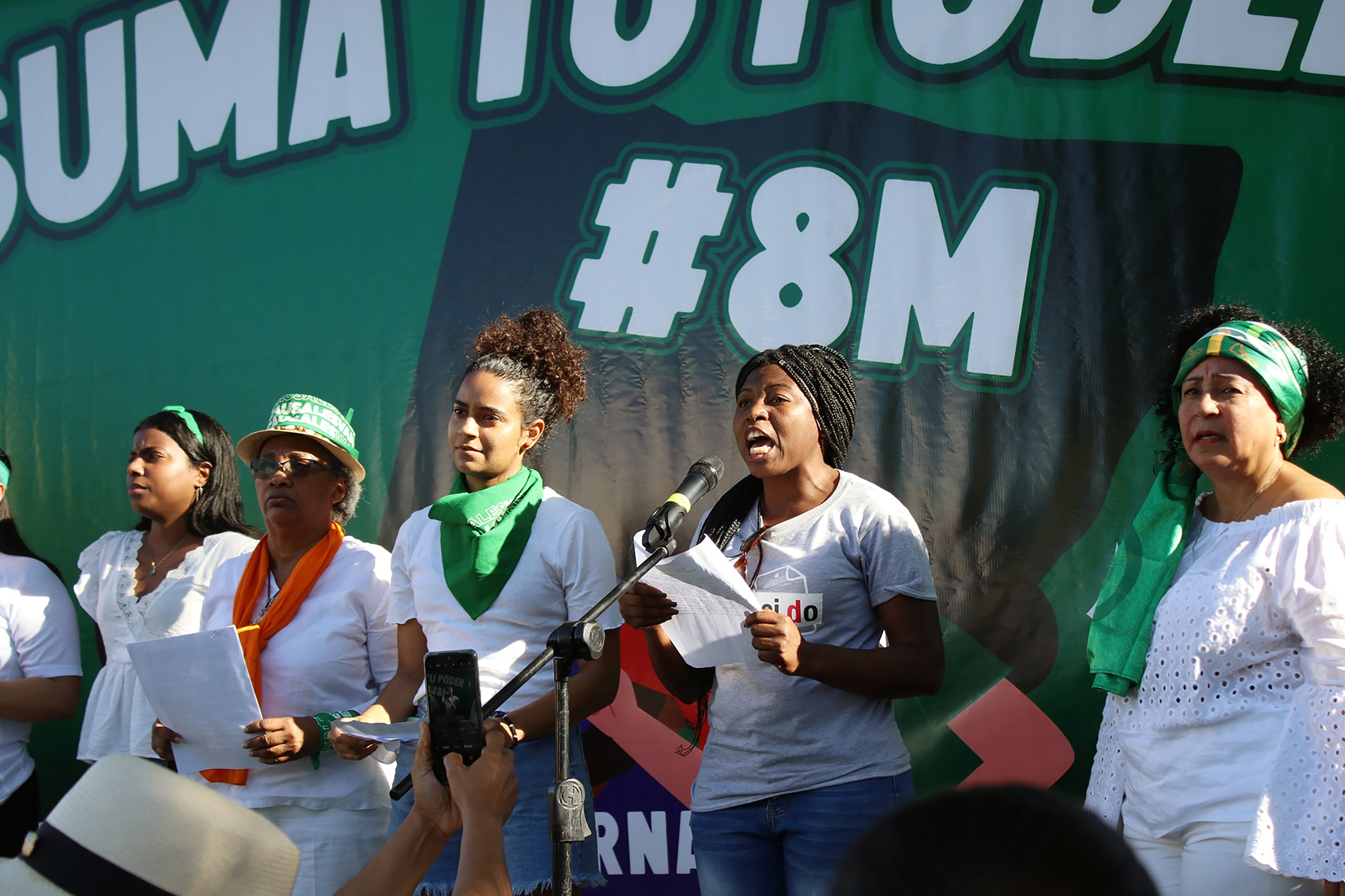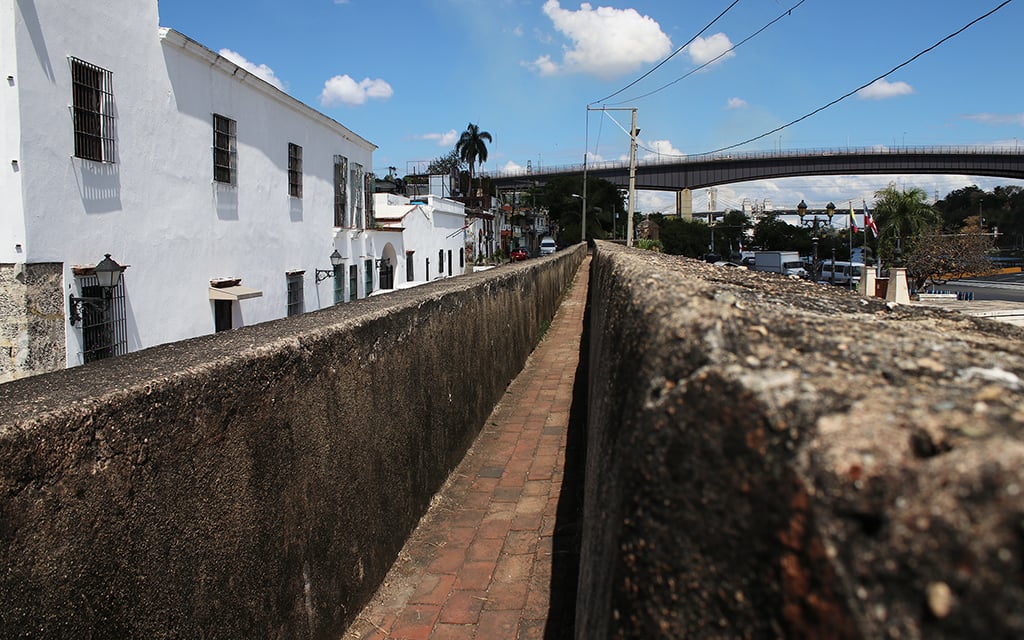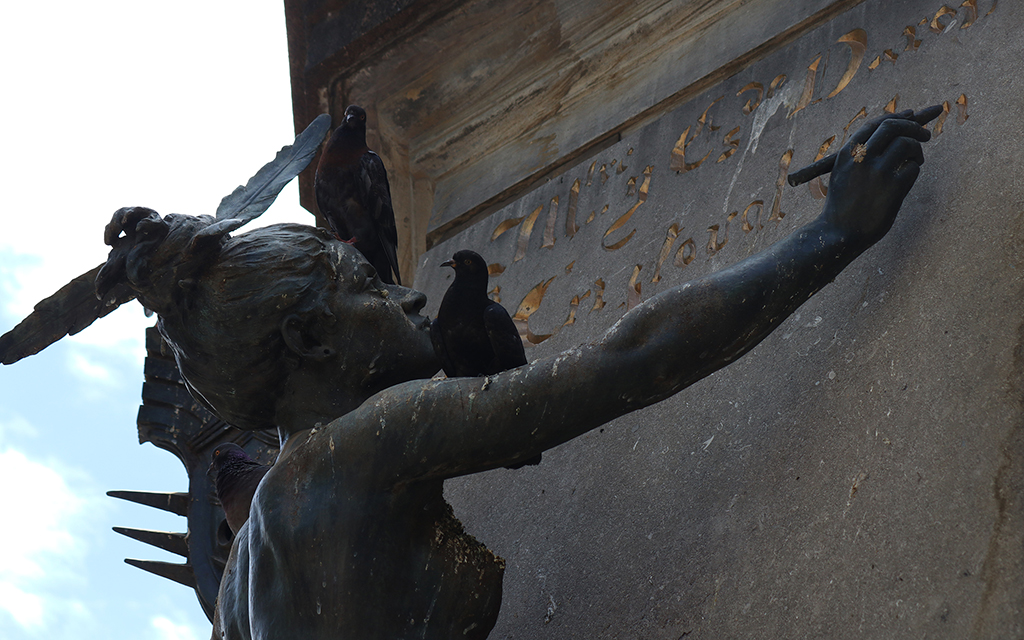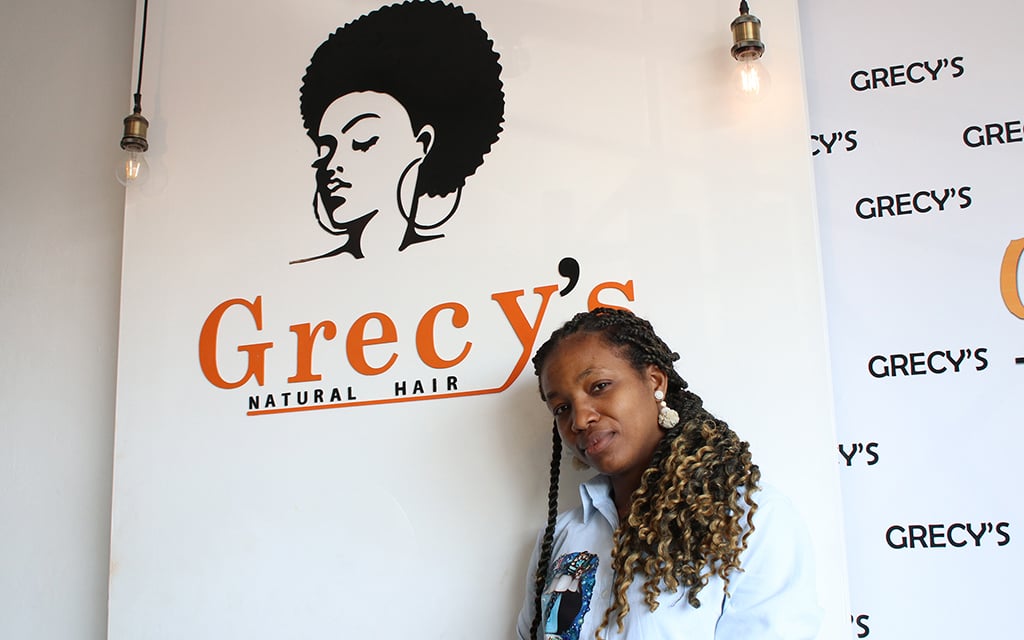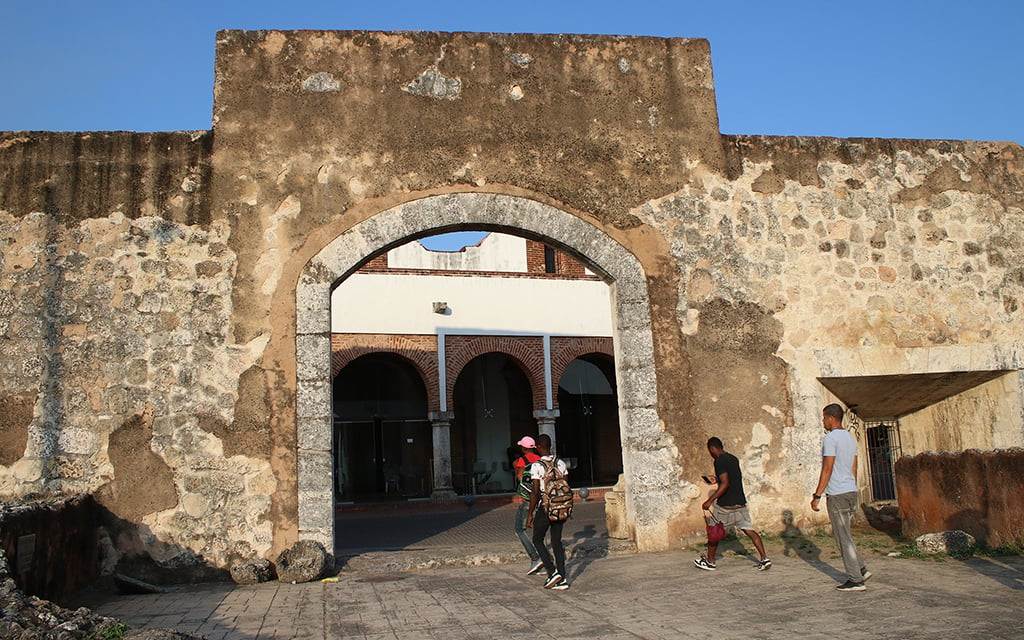“Racism has grown, particularly in the last 10 years,” Fontes said.
Liliana Dolis, general coordinator of the Movimiento de Mujeres Dominico-Haitianas, the Dominican-Haitians Women’s Movement, said the country’s border patrol is highly discriminatory. People with dark skin and/or non-Hispanic surnames face persecution by the border patrol because they are presumed to be Haitian.
“Dominicans of any origin have been arrested because of their skin color,” Dolis said.
Because of this history, the Dominicans whose skin color is too dark to allow them to identify as white identify as the next best option in the racial hierarchy: Indio. Around 45% of Dominicans identify as Indio, according to the U.N. study.
Creating a Black consciousness
With a small percentage of Dominicans identifying as Black and even fewer embracing their African heritage, Danilo Contreras, an assistant professor of political science at Wellesley College, said it is almost impossible to form a collective.
“The kind of Blackness that you see in the DR, it’s not the kind of Black group identity that most Black Americans in the U.S. identify with,” said Contreras. “You don’t have a politicized Black group consciousness for a number of historical and institutional reasons.”
AfroDominican activists are trying to cultivate that Black political consciousness in the Dominican Republic.
“It is not enough to accept that this (discrimination) is going to happen,” Dolis said. “I have to keep going. Despite everything, I have to fight to make a change possible.”
One method for jump-starting political activism includes bringing issues of anti-Blackness and racial discrimination into other causes. For example, the co-founder of Reconoci.do, Elena Lorac, spoke at a protest for abortion and women’s rights in March about the discrimination faced by Black Dominican women.
Other tactics are Reconoci.do’s grassroots education model. MUDHA, Dolis’ Dominican Haitian women’s group, also uses this model to get the members of the 20 bateyes they operate in, most of whom are Dominicans of Haitian descent, to proudly claim their Haitian identity.
MUDHA also teaches people how to advocate for themselves and their community.
“We empower the community so that they can claim and demand what their rights are, that they are trained and prepared to speak to local authorities to solve their problems,” Dolis said.
However, the Dominican Republic’s long-standing discrimination against Black Dominicans makes it hard for them to obtain enough political power to advocate for themselves, said Fontes.
“We do not have access to more than very little. That limits you in everything because it is a chain,” Fontes said. “If you are in power, you drag your group to power. And we have 300 years, 400 years of being far from power. Therefore, we are limited in everything.”
